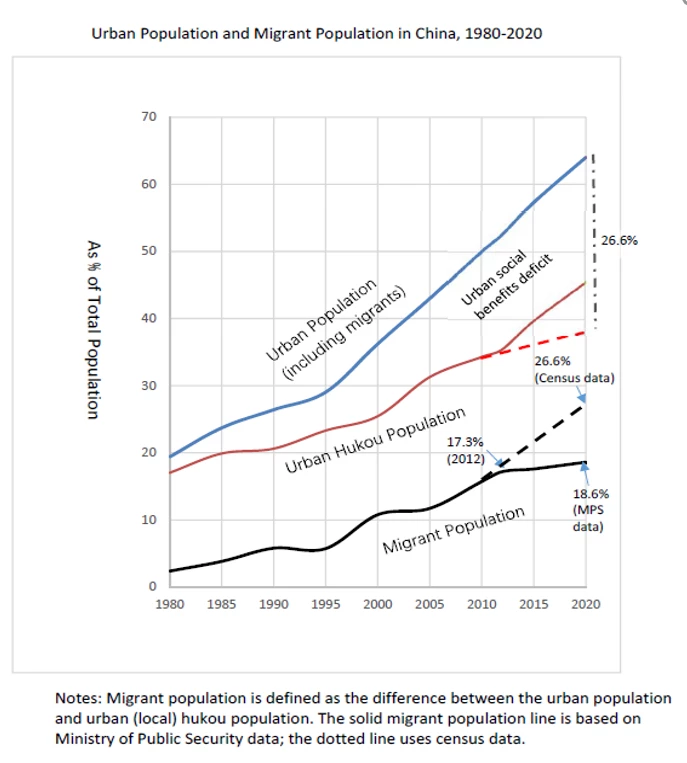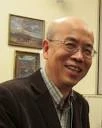In observance of International Migrants Day, Dec 18
China’s rise as a global player in manufacturing is closely linked to its epic-scale internal migrant labor supply and its associated “semi-urbanization” strategy of the past four decades. The huge number of low-cost urban laborers who constitute the bulk of China’s “floating population” (liudong renkou) have helped keep the price of Chinese manufactures low and make them fiercely competitive in the world market. However, as these workers do not have a local household registration (hukou), they lack access to urban social benefits and represent a semi-urbanized/marginalized migrant population. Adopted by China in the 1950s, the hukou system, a core Chinese socioeconomic institution, divided all citizens broadly into two subsystems: one for urban residents and another for rural residents.
A new KNOMAD policy brief has shown that according to the latest Census, the migrant population reached 376 million in late 2020 (26.6% of the nation’s population), up from 155 million in 2010. Despite being a part of China’s huge industrial labor force, without a local (urban) hukou, migrant workers in the cities are unable to use most basic public services such as public education for their children, forcing migrant parents to leave their kids in the village and producing tens of millions of “split families” and “left-behind children.” These issues pose many problems as the country strives to build an integrated society of “common prosperity.” As depicted in the graph, the “urban social benefits deficit,” based on the census figure is 26.6% in 2020, higher than the 18.5% using data from the Ministry of Public Security.
In 2014, China launched a major initiative, the National New-type Urbanization Plan (2014-2020), and various other measures to reform the hukou system. A central goal of these efforts was to close the urban social benefits gap or deficit modestly by two percentage points by 2020, i.e., from 17.3% in 2012 to 15% in 2020. Data shows that the goal was not met. Either percentage (26.6% or 18.5%) in 2020 is higher than the 15% target set in 2014. Instead of narrowing, the urban social benefits gap has widened. In the next decade or so, migration will play an outsized role as the urban local population experiences rapid aging and low fertility.
Migration under China’s current “semi-urbanization” model has also created many hurdles to integrating migrants in cities and towns, which will harm the nation’s long-term growth. Since the 2020 goal set in 2014 was not met, a greater effort to reform the hukou system is required. KNOMAD Policy Brief Number 16 outlines a gradual but bolder and sustained hukou reform program (over 15 years) to enable the migrant population in the urban areas to be turned into a new driver of China’s economy in the coming decades. Critical elements of the proposed reforms are (i) a prolonged and sustained longer-term hukou conversion program; (ii) instead of limiting hukou registration to small cities, opening the door to hukou registration in all cities, including the megacities, to allow firms and migrants to make their own choices; (iii) lower the barriers for migrant children’s education and offer them access to education in the megacities; (iv) as Hukou reform is a complex subject, it requires coordination among various layers of government, calling for strong central government leadership, local revenue structure adjustments and reform of the agricultural land transfer system.



Join the Conversation